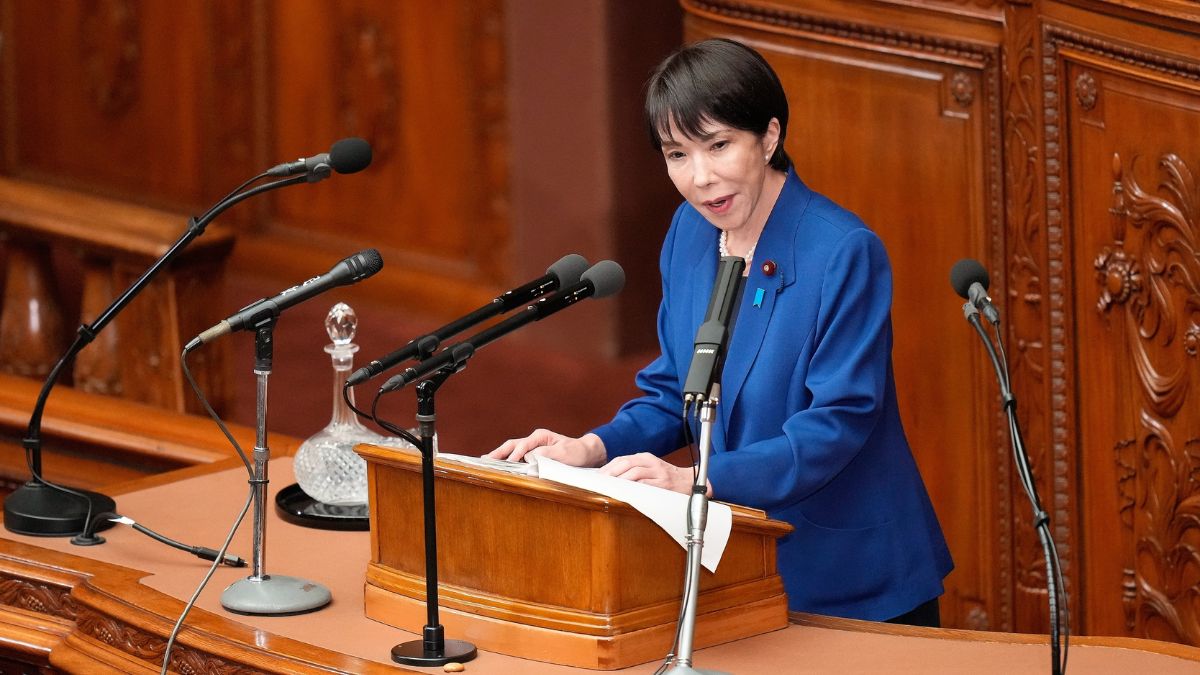With far-right Sanae Takaichi in power in Japan, the country’s anti-immigration forces are likely to prevail, marking an end to ongoing immigration reforms.
Japan is shrinking and ageing faster than any major economy and there is near-unanimity that immigration is critical to ensure growth, but nativist politics appears to have trumped economic rationale.
During her campaign, Takaichi took a stronger stance against immigration that appealed to Japan’s conservative voters. The stance appears to have been shaped at least partially by a surge of nativist parties, such as the ultraconservative Sanseito party, whose anti-immigrant ‘Japanese First’ platform has drawn widespread attention. Right-wing parties have also made gains in the parliament as the country is in the grips of an economic crisis.
To be sure, Japan has always preferred ethnic homogeneity and immigrants make up just 3 per cent of the population. But anti-immigrant sentiment has gained traction in the country that has threatened to end nascent immigration reforms.
Since the summer of 2025, antiforeigner sentiment, fueled by false or exaggerated claims about migrant workers committing crimes, foreign residents draining welfare coffers, or international tourists debasing Japanese culture, has taken hold in Japanese politics, noted Gracia Liu-Farrer, Takeshi Miyai, and Yu Korekawa in an article for Foreign Affairs.
Will Japan’s immigration reforms end?
Japan’s immigration reforms began in 2018 when the then-Shinzo Abe government approved a series of steps.
Abe’s reforms sought to provide a controlled way to bring in many more migrant workers and alleviate economic pressure, which culminated in the expanded pathways announced last year, according to Liu-Farrer, Miyai, and Korekawa.
If successful, these steps would not only begin to right Japan’s economic woes, including high inflation and stagnating growth, they could also provide a model for other advanced economies struggling to balance a demand for immigrant workers with nativist politics, according to them.
Quick Reads
View AllJapan’s working-age population has been declining for three decades and the proportion of retirees needing care and pensions is rising by the day.
On the other hand, even though they make up just 3 per cent of the population, foreigners are usually much younger than natives and contribute much more to the economy and welfare system.
| Issue | Key Facts |
|---|---|
| What is happening | Japan is shrinking and greying faster than any major economy; one-third of the population is already over 65. |
| Consequences | Severe labor shortages, ballooning pension and healthcare costs, unsustainable fiscal burdens. |
| Immigration debate | Evidence supports immigration to offset workforce loss; current inflows (~340k/year in 2024) cover ~25% of the gap, OECD says much more (~500k/year) is needed. |
| Barriers | Public/political resistance, legal constraints, integration gaps. |
| Scholarly view | Immigration is necessary but must be well-designed: more flows plus pathways to citizenship, social inclusion, and integration support. |
But now it appears that backlash from conservatives and rise of nativist parties could drive Takaichi to appease these forces and put an end to these reforms. And that could be a self-goal.
“If Japan cannot protect its pragmatic migration model from populist political disruption—and from its own institutional fragilities, including its capacity to protect the rights of migrant workers—it may squander its best chance at securing the workforce it needs now and for decades to come,” note Liu-Farrer, Miyai, and Korekawa.
)